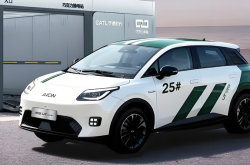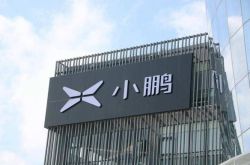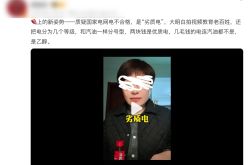Up to 20,000 Yuan Subsidy! Comprehensive Guide to 2025 Car Trade-In Programs Unveiled
![]() 01/21 2025
01/21 2025
![]() 589
589

On January 17, the Ministry of Commerce's official website published the "Joint Notice of the Ministry of Commerce and Seven Other Departments on Advancing Car Trade-Ins in 2025," outlining the strategy for the automotive sector's trade-in initiatives for the year.
Compared to 2024, the 2025 vehicle scrapping and replacement program has broadened the scope of eligible vehicles and adjusted the holding period for scrapped vehicles. However, the criteria for purchasing new vehicles through scrapping, subsidy standards, and the procedures, documents, and application channels for subsidy claims remain consistent. For car replacement updates, the maximum subsidy has been set at 15,000 yuan for new energy passenger vehicles and 13,000 yuan for fuel passenger vehicles, mirroring the 2024 provisions.
Scrapping and Replacement
Eligible fuel passenger vehicles meeting National IV emission standards are now included in the pool of old vehicles eligible for scrapping and replacement subsidies. In 2025, individual consumers who scrap gasoline passenger vehicles registered before June 30, 2012, diesel and other fuel passenger vehicles registered before June 30, 2014, or new energy passenger vehicles registered before December 31, 2018, and purchase new energy vehicles listed in the Ministry of Industry and Information Technology's "Catalog of New Energy Vehicle Models for Vehicle Purchase Tax Exemption" or fuel passenger vehicles with a displacement of 2.0 liters or less, will receive a one-time fixed subsidy. Scrapping eligible old vehicles and purchasing new energy passenger vehicles attracts a subsidy of 20,000 yuan, while scrapping eligible fuel passenger vehicles and purchasing fuel passenger vehicles with a displacement of 2.0 liters or less attracts a subsidy of 15,000 yuan. Each individual consumer can avail of the car scrapping and replacement subsidy once per calendar year. The required documents – "Scrap Motor Vehicle Recovery Certificate," "Motor Vehicle Cancellation Certificate," "Unified Motor Vehicle Sales Invoice," and "Motor Vehicle Registration Certificate" (collectively referred to as the "four certificates") – must all be obtained from January 1, 2025. Notably, the "Scrap Motor Vehicle Recovery Certificate" must be issued by a certified scrap motor vehicle recycling and dismantling enterprise. The owner of the scrapped vehicle and the new vehicle must be the same individual consumer, and the eligible old vehicle must have been registered under the applicant's name before January 8, 2025; during the subsidy application review period, the new vehicle should be registered under the applicant's name. For individual consumers who obtained some of the four certificates between July 25, 2024, and December 31, 2024, and all four certificates by February 28, 2025, they qualify for the 2025 car scrapping and replacement policy support and count towards the 2025 subsidy limit.
The motor vehicles that the applicant has scrapped and the new car they have purchased should adhere to the relevant requirements outlined in Document Shang Xiaohan [2024] No. 392.
Replacement and Update
In 2025, individual consumers who transfer the registration of their passenger vehicles and purchase new passenger vehicles will receive a one-time subsidy, with a maximum of 15,000 yuan for new energy passenger vehicles and 13,000 yuan for fuel passenger vehicles. Applicants for car replacement update subsidies must transfer the registration of their existing passenger vehicle by January 8, 2025.
Each individual consumer can avail of the car replacement update subsidy once per calendar year and must choose between applying for either a car scrapping and replacement subsidy or a replacement update subsidy for the same new car.
Financial Support
Subsidy funds for car trade-ins are generally shared by the central and local governments at a 9:1 ratio, with specific sharing ratios determined by region. Eastern provinces share the burden at an 8.5:1.5 ratio, central provinces at a 9:1 ratio, and western provinces at a 9.5:0.5 ratio. Earlier, on January 15, Li Gang, Director of the Department of Market Operation and Consumption Promotion at the Ministry of Commerce, stated at a State Council Information Office press conference on "The Effectiveness of China's High-Quality Economic Development" that the 2024 consumer goods trade-in program achieved positive results, driving related product sales to exceed 1.3 trillion yuan. Specifically in the automotive sector, according to preliminary statistics from the Ministry of Commerce, nationwide car trade-ins surpassed 6.8 million vehicles. It is evident that trade-ins have sparked new consumer momentum, promoted green and sustainable development, and enhanced the quality of life. The release of detailed implementation rules for car trade-ins is expected to inject robust momentum into the auto market during the Spring Festival and auto consumption in the new year.





